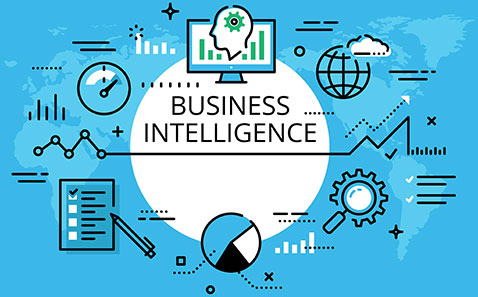Description
Data Visualization Tools are essential software applications that enable users to transform complex datasets into intuitive and interactive visual representations, such as charts, graphs, maps, and dashboards. These tools play a crucial role in data analysis, helping individuals and organizations to understand, interpret, and communicate data insights effectively.
The primary function of data visualization tools is to simplify the interpretation of large volumes of data, making it accessible to users of varying technical backgrounds. By converting raw data into visual formats, these tools facilitate the identification of trends, patterns, correlations, and anomalies that might be difficult to discern through traditional data analysis methods. This visual storytelling aspect is vital for making informed decisions, as it allows stakeholders to grasp critical information quickly and accurately.
Data visualization tools often come equipped with features that enhance user experience and functionality. These may include drag-and-drop interfaces, customizable templates, real-time data updates, and interactive elements such as filters and tooltips. Users can create a variety of visualizations, including bar charts, line graphs, heat maps, scatter plots, and geographic maps, tailoring their visual outputs to suit specific analytical needs or audience preferences.
Integration capabilities are another significant aspect of modern data visualization tools. Many of these applications can connect to various data sources, including databases, spreadsheets, and cloud-based platforms, enabling users to pull real-time data for analysis. This connectivity ensures that visualizations are always up-to-date, allowing for timely insights and decisions.
Collaboration features are also increasingly common, allowing teams to share dashboards and reports quickly. This collaborative approach ensures stakeholders can engage with the data, provide feedback, and contribute to data-driven discussions, fostering a culture of transparency and informed decision-making within organizations.
In the age of big data, the importance of data visualization tools cannot be overstated. They empower businesses to make sense of their data, driving strategic initiatives and optimizing operations. By presenting data visually, organizations can enhance their storytelling capabilities, making insights more relatable and actionable for a diverse audience, from executives to front-line employees.





Abdulmalik –
“Data Visualization Tools has been a game-changer for our data analysis process. The intuitive interface and powerful visualization capabilities make it incredibly easy to transform complex data into clear and insightful presentations. We have seen a significant improvement in decision-making and communication across departments as a result of the tool’s ability to present data in visually engaging and actionable formats. Its versatility and compatibility with various data sources have made it an indispensable asset for our team, enabling us to derive maximum value from our data.”
Onyinye –
“Data Visualization Tools has been an invaluable resource for my team. The user-friendly interface and intuitive visualizations have made it easy for us to uncover insights and make data-driven decisions. The customizable dashboards allow us to tailor the tool to our specific needs, and the real-time updates ensure we stay on top of the latest data. By leveraging Data Visualization Tools, we’ve significantly improved our data analysis capabilities, leading to increased efficiency and better outcomes.”